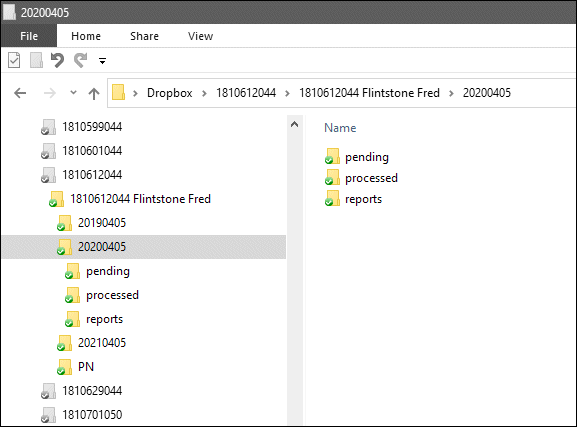VAT is a tax on the end consumer. It is not normally a tax on the businesses through which the VAT passes. In effect, a VAT registered business becomes an unpaid tax collector for the government. End consumers are normally households and shoppers, but any businesses which are not VAT registered and which cannot reclaim any VAT are also end consumers.
There are three main categories of business in the UK . . .
- The small businesses who would rather not register for VAT and thus steer clear of its complexity.
- The small businesses who voluntarily register for VAT, for one of two reasons (see below).
- The businesses who are compelled to VAT register, because their turnover exceeds the threshold.
There are also a few more rules which allow people like freelance doctors and freelance teachers, in the right circumstances, to exceed the VAT threshold and to not have to become VAT registered. However, once you pass the current threshold (see below) you either have to register, or you have to apply to HMRC for exemption from registering (for doctors and teachers).
The VAT registration threshold became
• £79,000 on 1 Apr 2013
• £81,000 on 1 Apr 2014
• £82,000 on 1 Apr 2015
• £83,000 on 1 Apr 2016
• £85,000 on 1 Apr 2017
The standard rate of VAT has been 20% since 4 Jan 2011.
The default position
When you start a business in the UK, the default position is that you are not registered for VAT and you must not charge VAT on your sales. In the case of most new start up businesses, we recommend that they stay this way unless any of the following apply:
- Your new business is clearly going to be a big mainstream business with annual sales above the VAT threshold. If your sales are going to be heading that way within a few weeks or months of starting, you might as well have your business VAT registered from the outset.
- You want your customers to think that you’re bigger than you really are. I know that if one of my UK suppliers sends me a bill, and the bill does not mention VAT, then my supplier is a small business with annual sales of less than the threshold. In spite of the added administration, some businesses will register for VAT voluntarily so that they look like a bigger mainstream business.
- You have lots of expenses which suffer VAT, and you’d really like to be able to reclaim those amounts. There are two sides to this argument. Yes, if you are VAT registered, you can reclaim relevant VAT, but you will also have to add VAT onto all of your sales and charge it to your customers. That won’t bother your customers if they are also VAT registered businesses, but if your customers are end users then they will suddenly see your bill shoot up by the VAT rate. If you feel compelled, you can register voluntarily and then reclaim VAT on your costs.
- Your sales creep up to the threshold over time. It’s up to you to keep tabs on your sales as there is a penalty for failing to VAT register on time if you hit the threshold. The whole system of registration hinges on sometime as imprecise as your “expectation”. And, you have to allow for fluctuations in sales over the year.
In all probability you will have to VAT register as you reach the threshold. Basically, if your monthly sales are getting near 7,000 that’s the time to ask us for more advice. Don’t wait until your monthly sales exceed 7,000 consistently, because then it’s too late.

